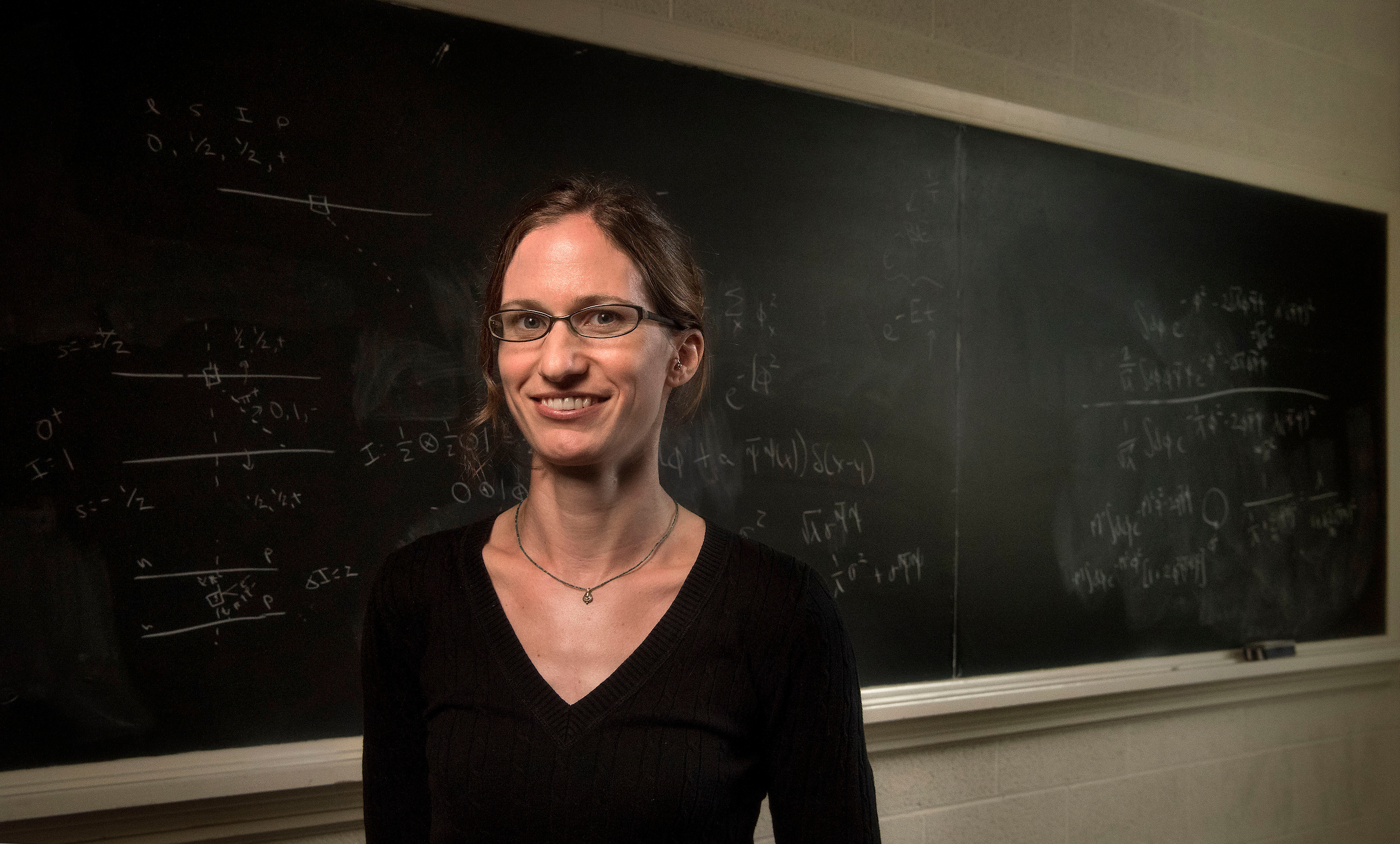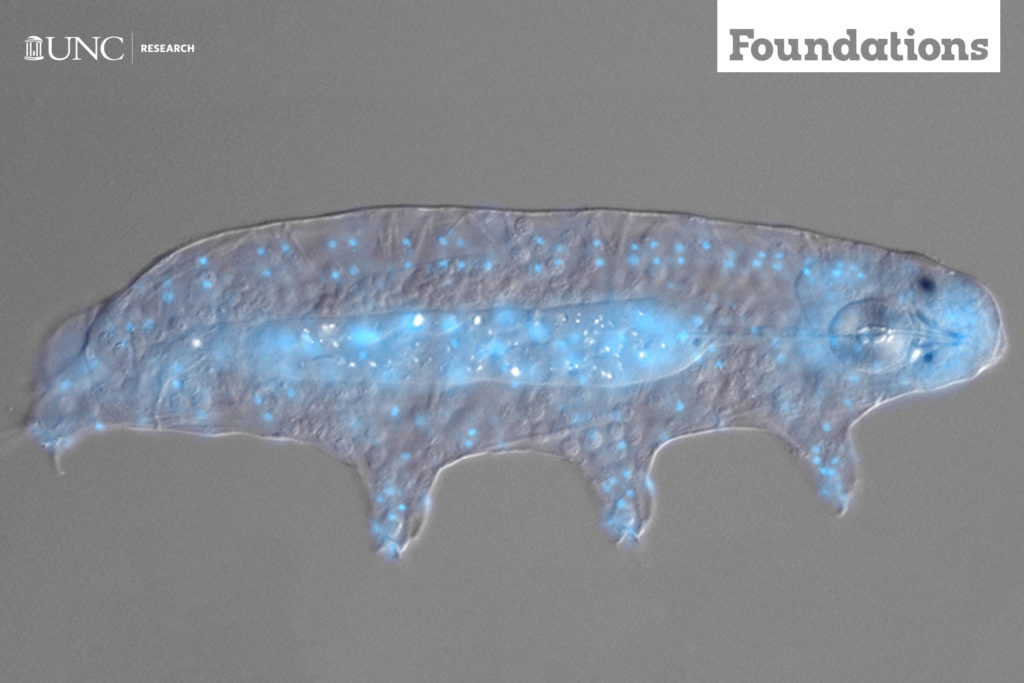
UNC-Chapel Hill scientist Amy Nicholson and colleagues develop precise calculation for axial coupling.
Using the largest supercomputers in the country, scientists have reached a milestone decades in the making. The team, which includes a researcher from the University of North Carolina at Chapel Hill, has calculated the axial coupling of the neutron, an important process in nuclear physics that governs nuclear beta decay, or the process by which neutron decays to a proton, an electron, and a neutrino.

The team’s calculation (which is g_A = 1.271 +- 0.013) has groundbreaking precision.
The methods used for this calculation could enable fields involving nuclear physics, like nuclear energy and nuclear weapon detection research, to become more quantitative. These areas of research currently rely on qualitative modeling that is built on unproven assumptions, but the new calculation shows that more accurate predictions may one day be possible.
Amy Nicholson, assistant professor in the department of physics and astronomy in the College of Arts and Sciences at UNC-Chapel Hill, is a lead author on the paper, which will appear in the journal Nature on May 30.
“This calculation represents a turning point for nuclear physics,” Nicholson said. “The theoretical uncertainties around calculating the nucleon axial coupling have proven frustratingly difficult to control, but now that we have shown that these methods can be reliably applied, nuclear physics can enter a more quantitative era. The ability to accurately predict properties of atomic nuclei directly from theory may allow us to access information unavailable through direct experimentation.”
Nicholson and colleagues calculated the axial coupling of the neutron, which indicates the strength of the interactions between protons and neutrons (the basic constituents of all atomic nuclei), as well as the lifetime of the neutron.
To accomplish this work, the team simulated a microscopic universe to provide a window into the subatomic world, using the Titan supercomputer at the Oak Ridge Leadership Computing Facility at Oak Ridge National Laboratory as well as Lawrence Livermore National Laboratory. The study involved scientists from more than a dozen institutions, including UNC-Chapel Hill, the University of California at Berkeley and U.S. Department of Energy national labs.
Many groups have been trying to calculate this quantity for years and have been unable to fully control the uncertainties. It was estimated that using next-generation computing resources might allow a calculation of the axial coupling at a precision of within 2 percent by 2020. Instead, using a new mathematical strategy and current computing power, the researchers successfully calculated it to within 1 percent uncertainty. The axial coupling calculations used about 184 million “Titan-hours” of computing power — it would take a standard computer processor about 75,000 years to work through the same set of calculations.
Nicholson’s research field, called “lattice QCD,” began in the 1970s and has roughly a thousand practitioners worldwide. Lattice QCD stands for “lattice Quantum Chromodynamics.” It has taken decades of simultaneous advancements in theories, techniques, algorithms and computer hardware to reach this point.
The paper can be viewed using http://dx.doi.org/10.1038/s41586-018-0161-8.




